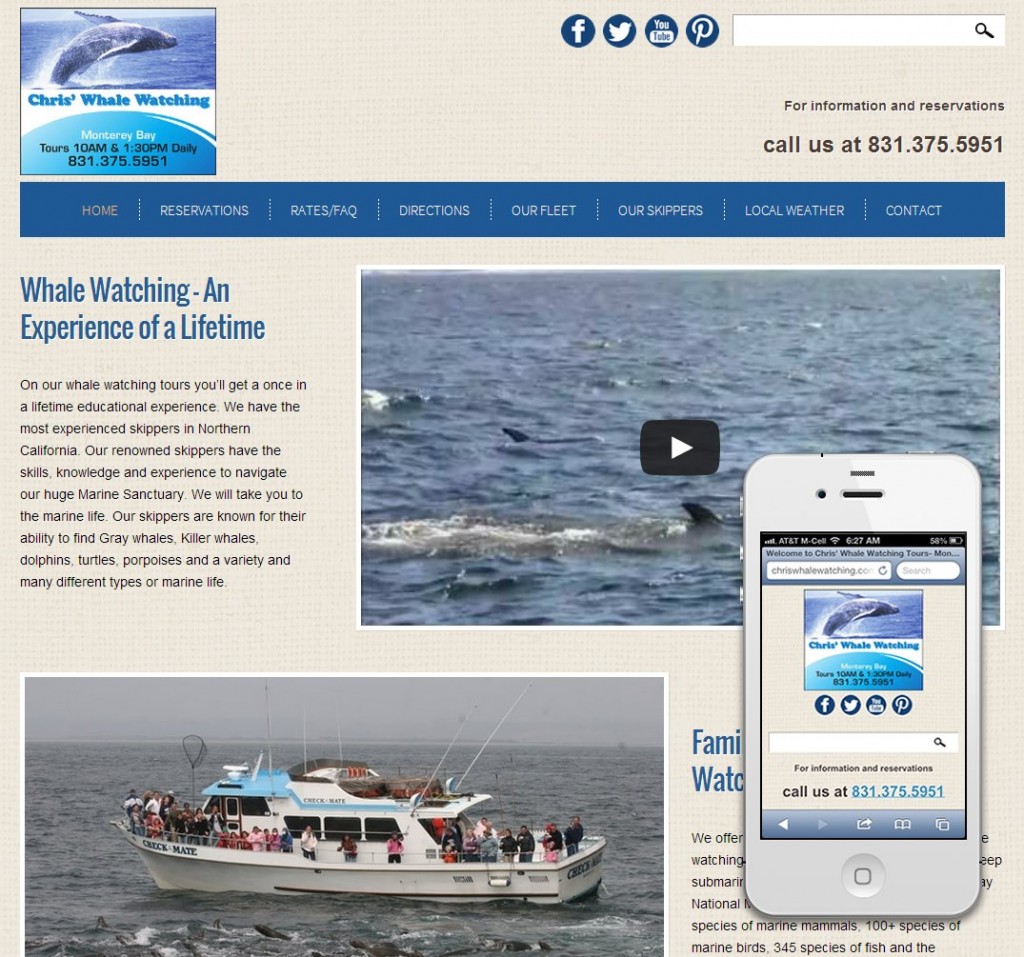
“I need to have a website designed…How much will it cost?” It’s a question that both creates both excitement and anxiety for website designers. No two websites are equal after all, and as any designer will tell you every project begins with the Request for Proposal (RFP). Here is where the basis and tone for the project begins, and if an RFP is undecipherable or unreadable to the working relationship is in jeopardy from square one.
To ensure a clear definition of project requirements and expectations and a solid understanding between designer and client, keep in mind these key components for an effective RFP.
Company & Project Overview and Objectives: Introduce your company by explaining who you are, what you do, a current URL (if you have one) and your ultimate vision. And when describing your wishes be concise without giving overly specific details. Your designer already has questions in mind: Is their current site outdated? Is this company expanding? Are they trying to reach a new audience? Are they looking to increase sales? These are the questions a good RFP should answer at the outset.
Technical & Functional Parameters: Have an idea of the basic requirements for the website—number of pages, a site host, etc. And if you can answer more advanced questions, such as multiple language programming or database needs, share that information, too. In terms of functionality, ask yourself “What do I want our website to do?” These could include file upload availability, e-newsletters, discussion forums and contact forms.
Budget & Timeframe: Be honest about what you can afford, and the designer will respond with what they can reasonably do within your budget. Do you need it next week, next month or next year? Website designers are often juggling multiple projects, so be clear on your timeframe expectations to avoid misunderstandings once work is underway.
Proposal Directions & Contact Information: If you have questions about the designer—experience, work samples, references—be sure to ask (most designers already provide this information on their own websites). And be sure to include the name, email, billing address and phone number of the project leader, and indicate how and when you’d like the proposal submitted.


